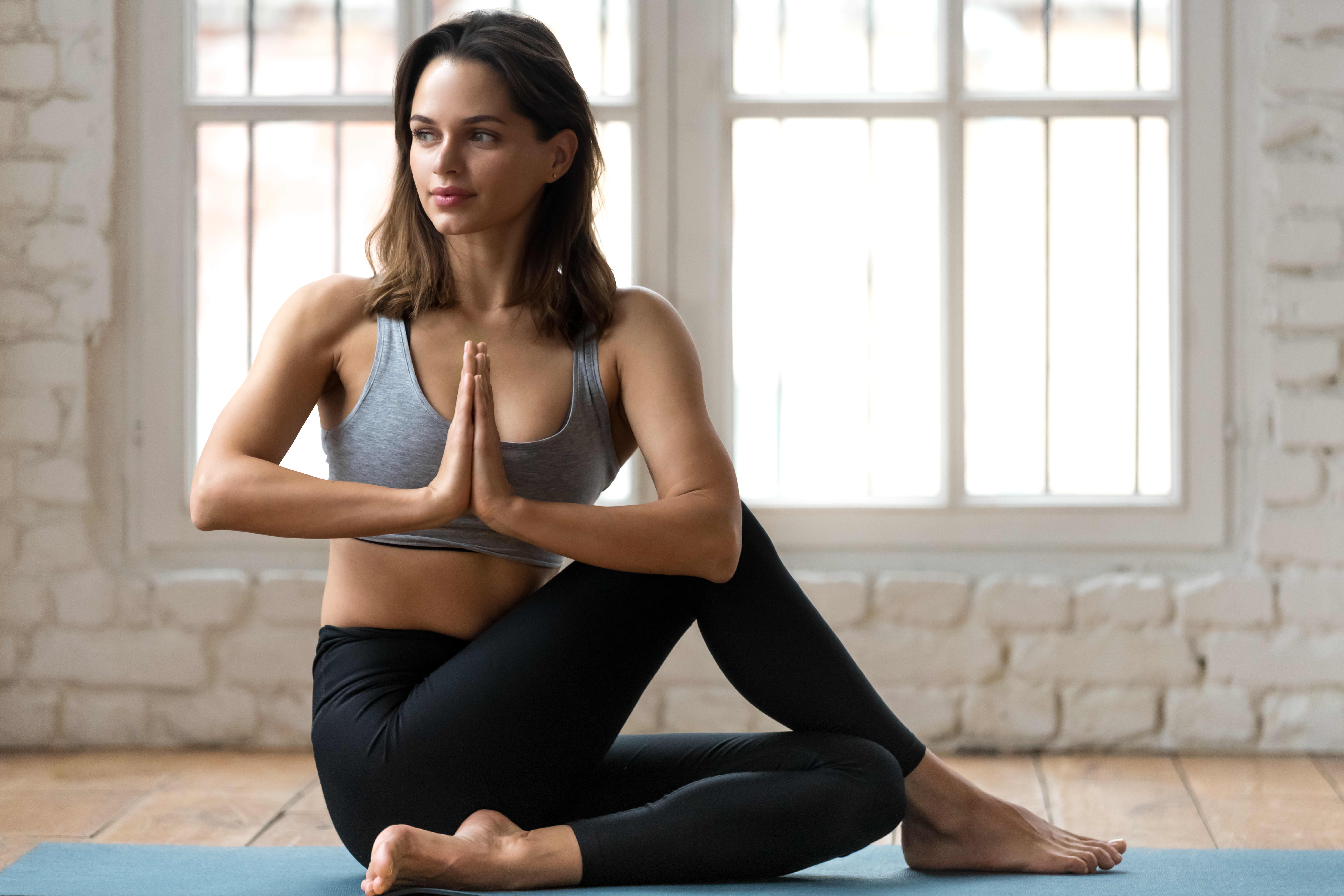3 Easy Breathing Exercises

Breath is life. It's one physiological process that we have conscious and subconscious control over. So many cultures have incredible histories with breathwork — many believe the practice connects them to God, a higher power, or the universe.
Pranayama, or breath regulation, is one ancient yogic system geared toward either energizing or calming the mind. Note that pranayama was built around the mind, not the lungs, showing how powerful breath can be for holistic wellness.
Breathe Out to Breathe In
There are many reasons why engaging in fully dynamic breaths is essential, but one of the biggest misunderstandings people have is believing the key to deep breaths is in the inhale.
We don't get full, deep, complete breaths until we've taken full, deep, complete exhales. This allows us to get the maximum amount of oxygen in our lungs.
To practice, try this exercise:
1. Take an eight-second exhale
2. Hold for four seconds
3. Breathe in
This is a good practice to get into, especially if you're stressed. If you catch yourself starting to feel frazzled or anxious, exhale before you start inhaling to yield a calming effect.
Eliminate Short Breaths
If you're new to paying attention to your breath, it may seem like a strange practice at first. Engaging a sensory input may be helpful to develop your approach; instead of just breathing out all the way, hum your breath out. When you apply sound to your breath, it's easier to keep track of it because you learn what it feels like to take a proper exhale.
I do this dozens of times each day, especially when I feel my breath becoming short.
Add Movement to Your Breath
Stress often impacts and prevents proper breathing because it builds up at or below the diaphragm in the rotational part of our body, otherwise known as the thoracolumbar junction, or T12-L1.
Seated and bound twists are a great way to incorporate breath and improve oxygen intake and relaxation. Mobility executed in this way enables parasympathetic nerves to be stimulated and, in turn, initiates deeper breath regulation.
All twists must be done on the ground — the more points of contact you can get on the body, the more powerful the posture can be and the deeper the effects. I suggest practicing Ardha Matsyendrasana, also knowns as Half Lord of the Fishes Pose.

fizkes/Getty Images
A Twist for Better Breathing
To practice Half Lord of the Fishes Pose, first bend your knees with your feet on the floor. Slide your right foot under your left leg to position it outside your right hip. Then, lay your left leg on the floor. Move the right foot over the left leg to be on the outside of your left hip. The right knee should point upward toward the ceiling or sky.
Take a deep breath and twist toward the right thigh, simultaneously applying pressure to the floor with your right hand, which is placed behind your right buttock; you can also position your hands in prayer.
If this feels comfortable, put your left arm on the outside of your right thigh near the knee. Press your torso and right thigh tightly together, keeping your right foot active on the floor.
Continue to lengthen your torso, with your upper torso leaning slightly back, and ground your tailbone onto the floor. You can choose to turn your head left and right to look over your shoulders.
When executing the twist, breathe deeply into the belly at whatever tempo feels natural. The first three inhales help to lengthen the spine and deepen the twist. Hold each twist for six to 10 breaths.
Try this course, Strengthen Your Body Through Breath, by detox and yoga specialist, Kasandra Jewall, to enhance your breathing and wellbeing.
Header photo: izkes/istock/Getty Images







